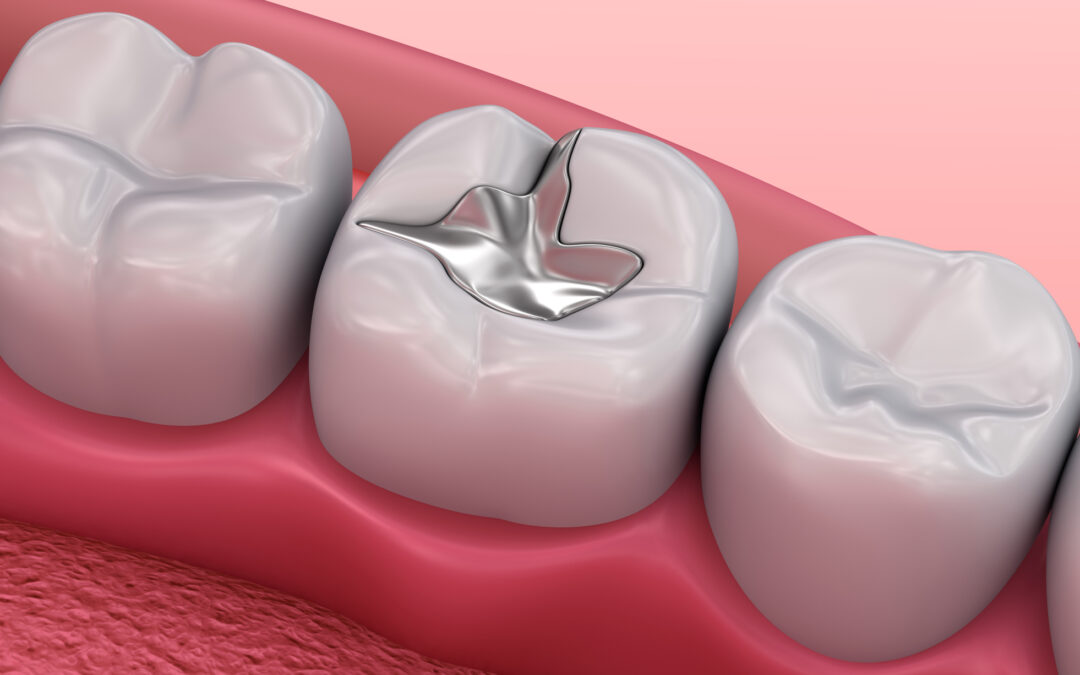For centuries, dental fillings have been a cornerstone of restorative dentistry, addressing cavities and tooth decay with materials that fill the void and restore functionality. Over the years, the materials used for tooth fillings have evolved from rudimentary substances like gold and amalgam to modern composites. However, the latest breakthroughs in dental science are centered around smart materials—innovative substances that respond to environmental stimuli and provide benefits far beyond conventional restorative techniques. These advancements are not only improving patient outcomes but also intersecting with fields like cancer research, showcasing the vast potential of these materials.
What Are Smart Materials?
Smart materials are substances that can adapt their properties in response to changes in their environment, such as temperature, pH levels, or mechanical stress. In the context of dentistry, these materials are engineered to enhance the longevity, functionality, and overall effectiveness of tooth fillings. They can interact with the oral environment in ways that traditional materials cannot, providing improved resistance to decay, reduced sensitivity, and better overall oral health.
Smart Materials in Tooth Fillings
The introduction of smart materials has revolutionized how dental fillings are designed and applied. Some key innovations include:
1. Bioactive Glass
Bioactive glass is a smart material that releases ions, such as calcium and phosphate, when it comes into contact with saliva. These ions promote remineralization, helping to repair and strengthen tooth enamel around the filling. This property makes bioactive glass a promising choice for patients prone to recurring cavities.
2. pH-Responsive Materials
The oral cavity’s pH levels can fluctuate due to diet, bacteria, and other factors. Smart fillings made with pH-responsive materials can release antimicrobial agents when the pH drops to acidic levels, preventing further decay and neutralizing harmful bacteria. These materials essentially act as an active defense system for the tooth.
3. Self-Healing Composites
Self-healing materials are another game-changer in the field of dental fillings. These composites contain microcapsules filled with a healing agent. If the filling cracks or develops a minor defect, the microcapsules break open and release the agent, repairing the damage autonomously. This innovation significantly enhances the durability of dental restorations.
4. Fluoride-Releasing Fillings
While fluoride has long been known to prevent cavities, integrating it into smart materials amplifies its benefits. These fillings release fluoride ions over time, providing ongoing protection against decay and reducing the need for frequent dental interventions.
The Connection to Cancer Research
Interestingly, the development of smart materials for dental fillings has parallels with advancements in cancer research. Both fields rely heavily on biomaterials that interact with their environment in targeted and efficient ways.
For example, bioactive materials in tooth fillings and drug-delivery systems in cancer treatment share similarities. In cancer research, smart materials are used to release drugs selectively at tumor sites, minimizing side effects and maximizing efficacy. Similarly, in dentistry, smart fillings release antimicrobial agents or remineralizing ions precisely where they are needed.
Another promising intersection lies in the detection of early-stage diseases. Researchers are exploring the use of biosensors embedded in smart materials. These sensors could detect changes in the oral environment, such as pH shifts or biomarker presence, which might signal early signs of diseases, including oral cancers. Such technology could make dental fillings not just restorative but also diagnostic tools.
Benefits for Patients
The integration of smart materials into tooth fillings offers several advantages for patients:
– Enhanced Durability: Self-healing and bioactive properties reduce the likelihood of filling failure, extending the lifespan of restorations.
– Improved Oral Health: Antimicrobial and remineralizing effects help protect against further decay and secondary cavities.
– Reduced Sensitivity: pH-responsive materials can alleviate sensitivity by neutralizing acids and protecting exposed dentin.
– Minimized Interventions: Long-lasting materials reduce the need for repeated dental visits, saving patients time and money.
Challenges and Future Directions
Despite their many advantages, the widespread adoption of smart materials in dental fillings faces several challenges:
1. Cost: The production of smart materials is currently more expensive than traditional composites, making them less accessible to some patients.
2. Long-Term Studies: While initial results are promising, long-term clinical studies are needed to fully understand the durability and effectiveness of these materials.
3. Integration: Dentists need training to work with these advanced materials, and existing workflows may require adaptation.
Looking ahead, researchers are focusing on making these materials more affordable and versatile. Advances in nanotechnology and bioprinting could further enhance the capabilities of smart materials, opening the door to fully customized, patient-specific restorations.
A New Era in Dentistry
The advent of smart materials in dental fillings marks a transformative shift in restorative dentistry. These materials not only address the immediate need for cavity repair but also offer proactive benefits that enhance overall oral health. Moreover, their potential to integrate with diagnostic technologies and even contribute to cancer research underscores their broader impact on healthcare.
As these innovations become more accessible, patients can look forward to a future where dental fillings do more than fill cavities. They will actively protect and heal teeth, reduce the burden of oral diseases, and potentially play a role in detecting systemic health issues. Smart materials are not just changing the landscape of dental fillings—they are paving the way for a smarter, healthier future.

